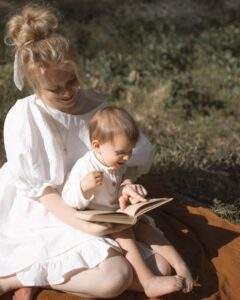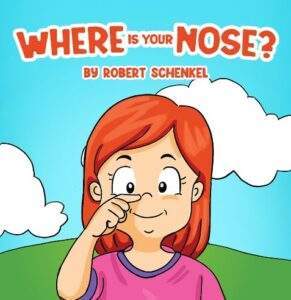As children begin their journey of discovery, understanding the basics of the human body can be an exciting adventure. Learning about basic body parts forms the foundation of their anatomical knowledge, and it’s crucial to make this educational journey both engaging and accessible. To aid parents, educators, and curious young minds in this endeavor, here are the top 10 tips to help children grasp the basics of anatomy, from the eyes to the toes.
Top 10 Tips to Make Learning Basic Body Parts Fun for Kids
1. Interactive Books and Stories
Introducing kids to books that focus on body parts is a fantastic way to engage their curiosity. From classics like “Where Is Your Nose” by Robert Schenkel to interactive action prompts and rhyming words that allow children to explore and identify body parts, these books make learning fun and hands-on.
2. Educational Apps and Games
In today’s digital age, there’s an array of educational apps and games available that make learning about body parts a playful experience. Apps that incorporate puzzles, quizzes, and interactive anatomy models can provide an entertaining and informative way for children to familiarize themselves with the basic body parts.
3. Arts and Crafts Activities
Crafting body part-related projects can be a tactile and creative approach to learning. Whether it’s making a paper plate face with movable features or creating a life-sized outline of their body and labeling parts, these activities encourage active engagement and visual learning.
4. Sing and Learn
Music has a unique way of capturing attention and aiding memory. There are numerous catchy songs and rhymes specifically designed to help children learn about body parts. Singing and dancing to tunes that mention different body parts not only make learning enjoyable but also help retention.

Make learning about body parts fun for kids with books
5. Body-Part Exploration
Encourage exploration and discussion. Engaging in conversations about body parts and their functions, especially during daily routines like bath time or while dressing up, can help children connect the dots between what they learn and their own experiences.
6. Visual Aids and Charts
Visual aids, such as posters or charts displaying the human body, can serve as a reference point for learning. These colorful and informative displays can be used for discussions and quick revision, making it easier for children to remember the names and locations of different body parts.
7. Role-Playing and Games
Engage children in role-playing games that involve identifying body parts or acting out scenarios related to them. Whether it’s playing “doctor” or incorporating body-part-themed charades, these activities are not only entertaining but also reinforce learning in a practical way.
8. Field Trips and Museum Visits
Exploring museums or attending body-related exhibits can be an exciting way for children to see models or exhibits of the human body. Many museums offer interactive displays or workshops designed for young learners, making the experience both educational and entertaining.
9. Use Real-Life Experiences
Encourage children to use their bodies and engage in physical activities. Exercise, yoga, or even something as simple as mimicking animal movements can help children become more aware of their body and its various parts.
10. Encourage Questions and Provide Answers
Create an environment where questions about the body are welcomed and answered. Addressing their curiosity about basic body parts helps foster a deeper understanding and encourages a healthy approach to learning about their bodies.

Buy your copy of “Where Is Your Nose” today for a fun experience
“Where Is Your Nose” Is Selling Like Hot Cakes. Order Yours Now!
As children delve into the fascinating world of the human body, it’s essential to make the learning experience both informative and enjoyable. By implementing these tips, parents and educators can contribute to a fun and engaging exploration of basic body parts.
And speaking of engaging books, “Where Is Your Nose” by Robert Schenkel is a fantastic resource to kickstart this journey. If you’re looking for an interactive and educational book to help your child learn about basic body parts, don’t hesitate to order your copy today!

